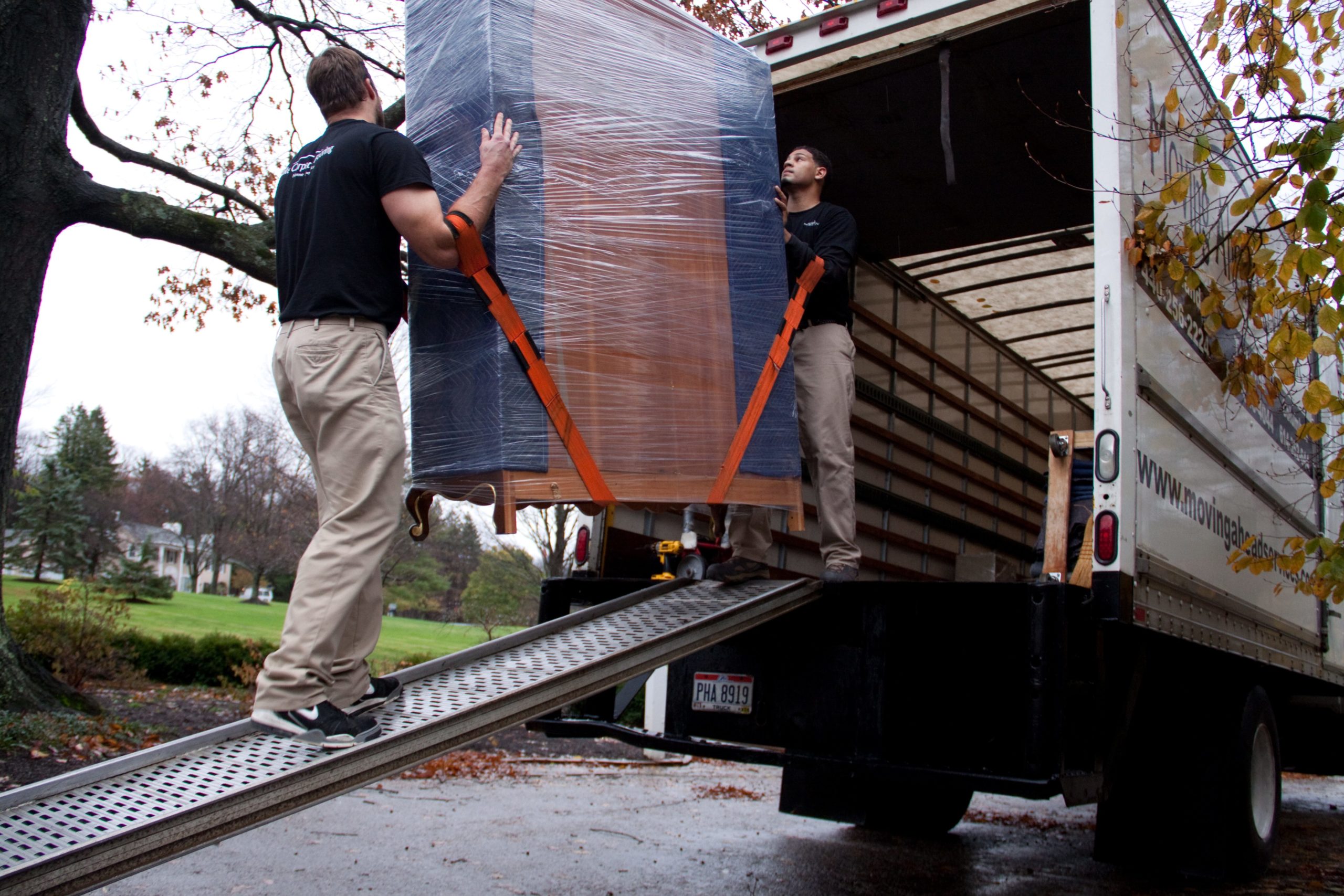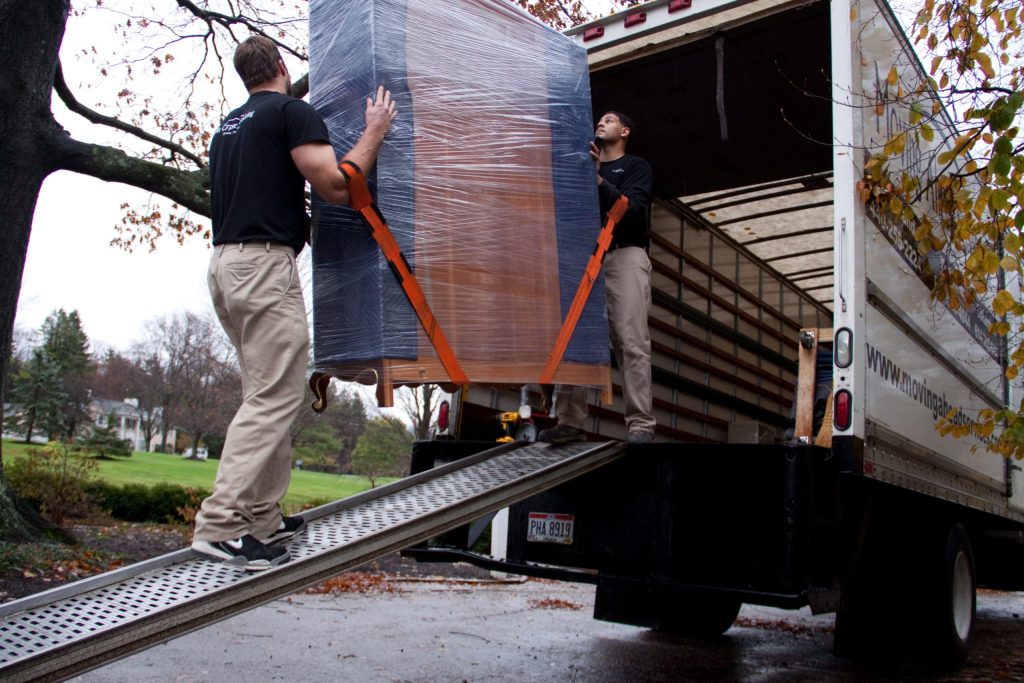Moving to a new home can be an exciting adventure, but the process of packing and transporting furniture can be a daunting task. One crucial aspect of a successful move is safeguarding your furniture from potential damages. In this guide, we’ll provide expert advice on protecting your cherished pieces during the move, with a special focus on the invaluable technique of Expert Bed Disassembly.
1. Start with a Detailed Plan
The first step in safeguarding your furniture during a move is to create a comprehensive plan. Take inventory of all your furniture, noting its size, shape, and any fragile components. This will help you determine the type of protection each piece requires and ensure that you have the necessary materials on hand.

2. Gather High-Quality Packing Supplies
Invest in quality packing materials to shield your furniture from scratches, dents, and other potential damage. Wrap delicate items in bubble wrap, use furniture blankets for added protection, and secure everything with sturdy packing tape. Having the right supplies is a key aspect of successful furniture protection.
3. Disassemble Furniture When Possible
Enter the realm of Expert Bed Disassembly, a technique that can be applied to various furniture pieces. Disassembling larger items like beds, tables, and dressers can make them easier to transport and less susceptible to damage. Keep track of screws and small parts by placing them in labeled bags, making reassembly a breeze.
4. Use Furniture Covers for Added Protection
Furniture covers are a must-have for safeguarding your belongings during a move. Invest in covers made of durable materials that can withstand the rigors of transportation. These covers act as an additional layer of defense against scratches, dust, and other potential hazards.
5. Pad the Interior of the Moving Truck
Once your furniture is adequately wrapped and protected, it’s time to focus on the transportation process. Line the interior of the moving truck with furniture pads or blankets. This extra layer of padding will absorb shocks and vibrations, preventing your furniture from shifting and potentially getting damaged during transit.

6. Secure Heavy Items Properly
For heavier furniture pieces, secure them firmly to prevent any movement during transportation. Use straps and ties to anchor items to the sides of the moving truck, ensuring they stay in place and minimizing the risk of collisions or tipping.
7. Hire Professional Movers
If the logistics of moving your furniture seem overwhelming, consider hiring professional movers. Experienced movers have the expertise and equipment to handle delicate and bulky items, ensuring a smoother and safer transition to your new home.
8. Unpack with Care
Protecting your furniture doesn’t end once you arrive at your new home. Unpack with care, removing all protective coverings and unwrapping each piece diligently. Take your time during this process to avoid accidental damage caused by haste.


